Welcome to our comprehensive guide on Blue Meanie Mushrooms! If you’re curious about these fascinating fungi and their unique properties, you’ve come to the right place. In this article, we’ll delve into the origins, characteristics, identification methods, natural habitat, effects, precautions, and more regarding Blue Meanies. Whether you’re a seasoned psychedelic enthusiast or a curious beginner, this guide is designed to provide valuable insights and knowledge about Blue Meanie Mushrooms.
The Origins of Blue Meanie Mushroom
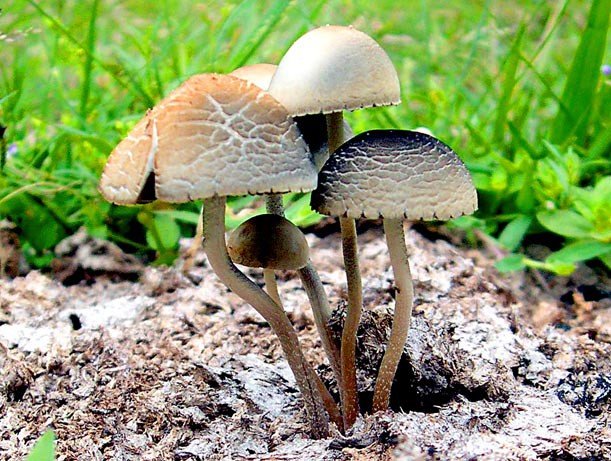
Blue Meanie Mushrooms, scientifically known as Panaeolus Cyanescens are a captivating species of fungus with a rich history. Originating from subtropical regions, these mushrooms thrive in environments rich in organic matter. Their scientific classification places them within the genus Panaeolus, with the specific epithet Cyanescens highlighting their tendency to bruise blue when handled. Additionally, Blue Meanies are often referred to by their alternative scientific name, Copelandia Cyanescens, which holds significance within the mycological community.
Blue Meanies have a long-standing presence in various cultures, with historical records indicating their use in spiritual and shamanic practices. Indigenous communities in subtropical regions have revered these mushrooms for their mystical properties and profound effects on consciousness.
What Sets Blue Meanies Apart: Guide to the Magic Mushrooms
Blue Meanie Mushrooms stand out in the world of psychedelic fungi due to their exceptional potency and profound psychoactive effects. Compared to other magic mushroom strains, Blue Meanies boast significantly higher concentrations of psilocin and psilocybin, the compounds responsible for their psychedelic properties. This elevated potency results in intense visual and auditory hallucinations, as well as deep spiritual insights, making Blue Meanies a sought-after species among enthusiasts.
One of the distinguishing features of Blue Meanie Mushrooms is their striking blue bruising reaction when handled. This phenomenon, known as “blueing,” is a result of the oxidation of psilocin and psilocybin, indicating the high levels of these compounds present in Blue Meanies.
How to Identify Blue Meanies
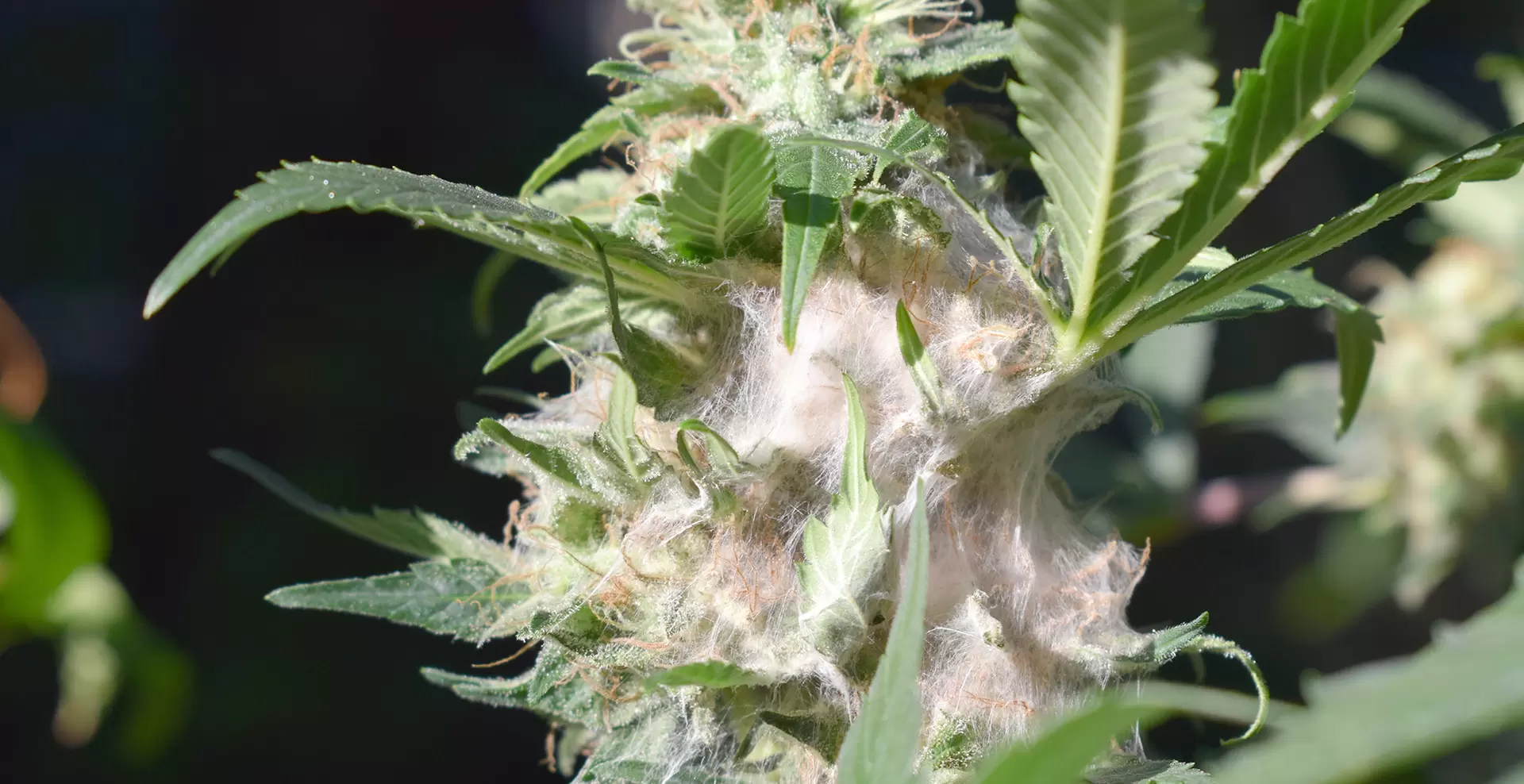
Identifying Blue Meanie Mushrooms in the wild requires attention to detail and a keen eye for distinguishing features. These mushrooms exhibit a range of colors, from greenish or blue tones in their youth to yellowish or brownish hues as they mature. Key characteristics include their gill structure, which shows a broadly adnate to adnexed attachment, and their tendency to bruise blue when touched. Accurate identification is crucial to avoid confusion with other mushroom species and ensure a safe and enjoyable experience.
When observing Blue Meanies in their natural habitat, pay close attention to their surroundings. These mushrooms often grow in clusters on dung-rich substrates, such as decomposing organic matter or animal feces. Additionally, take note of the environmental conditions, as Blue Meanies thrive in subtropical regions with high humidity levels.
Blue Meanies’ Natural Habitat – Can I Grow Blue Meanies?
Blue Meanie Mushrooms thrive in subtropical regions with humid conditions and abundant organic matter, such as dung-rich environments. While they grow naturally in the wild, cultivating Blue Meanies for personal use is a complex process with legal considerations in many jurisdictions. However, spore syringes are available for microscopy and taxonomy purposes, allowing enthusiasts to study Blue Meanies’ unique features and characteristics.
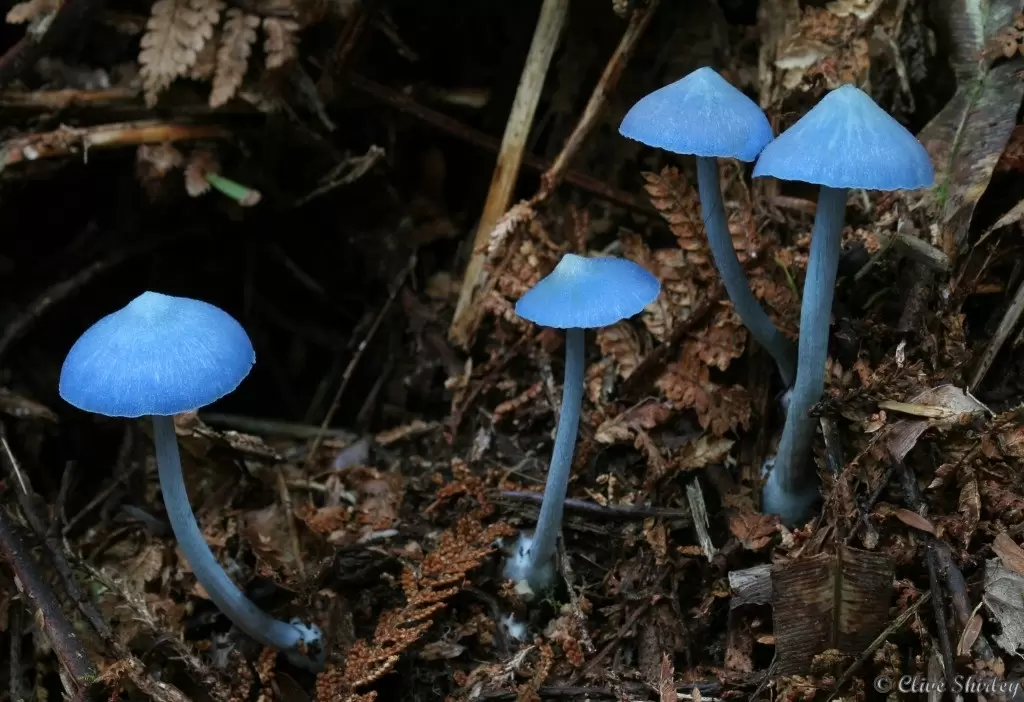
To cultivate Blue Meanie Mushrooms, it’s essential to recreate their natural habitat as closely as possible. This involves creating a substrate rich in organic matter, such as a mixture of straw, manure, and vermiculite. The substrate should be sterilized to eliminate competing fungi and bacteria before inoculating it with Blue Meanie spores.
Maintaining optimal environmental conditions, including temperature, humidity, and airflow, is crucial for successful mushroom cultivation. Blue Meanies require specific conditions to fruit, including high humidity levels and indirect light. With proper care and attention to detail, enthusiasts can cultivate Blue Meanie Mushrooms at home and enjoy a bountiful harvest.
Effects of Blue Meanie Strain
Consuming Blue Meanie Mushrooms can result in a wide range of psychedelic effects, from euphoria and introspection to profound visual and auditory hallucinations. However, the potency of Blue Meanies can vary, leading to unpredictable experiences for users. It’s essential to approach Blue Meanies with caution, start with low doses, and always consume them in a safe and controlled environment. Consulting a healthcare professional before use is highly recommended, especially for individuals with underlying medical conditions.
The effects of Blue Meanie Mushrooms typically begin to manifest within 30 to 60 minutes after ingestion, peaking around 2 to 3 hours later. Users may experience heightened sensory perception, altered thought patterns, and a sense of interconnectedness with the universe. Many report profound spiritual insights and a deep sense of introspection, leading to personal growth and self-discovery.
It’s important to note that the psychedelic effects of Blue Meanie Mushrooms can be intense and overwhelming for some individuals. It’s essential to approach these mushrooms with respect and mindfulness, understanding that each experience is unique and subjective. Set and setting play a crucial role in shaping the psychedelic experience, so it’s vital to consume Blue Meanies in a safe and comfortable environment with trusted individuals present.
Precautions and Responsible Use: Guide to the Potent Panaeolus
Responsible use of Blue Meanie Mushrooms is paramount due to their high potency and unpredictable effects. Safety precautions include starting with low doses, consuming mushrooms in a comfortable setting with trusted individuals present, and avoiding mixing with other substances. Additionally, it’s crucial to respect the potency of Blue Meanies and use them mindfully to minimize the risk of adverse reactions.
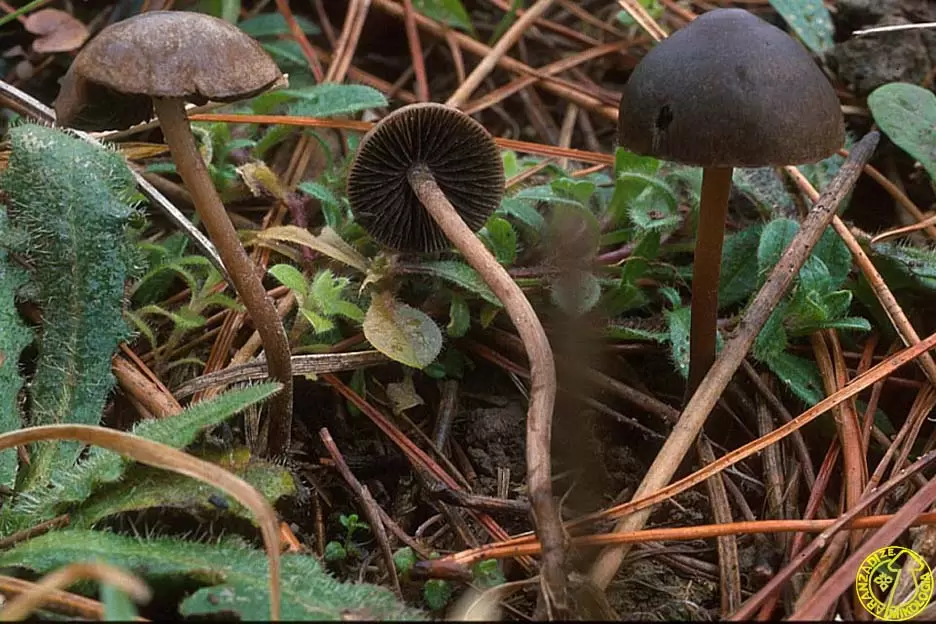
Before consuming Blue Meanie Mushrooms, it’s essential to assess your mental and physical state and consider any underlying medical conditions or medications. Individuals with a history of mental health issues, such as psychosis or schizophrenia, should approach psychedelic experiences with caution and consult a healthcare professional before use.
During the psychedelic experience, it’s important to remain grounded and maintain a positive mindset. If you encounter challenging or overwhelming emotions, remember that they are temporary and part of the healing process. Practicing mindfulness techniques, such as deep breathing and meditation, can help navigate difficult experiences and promote a sense of calm and inner peace.
Related Posts
- Golden Teacher Mushrooms – Psychedelic Magic Mushroom Strain
- Psilocybe Cubensis
- How To Saute Mushrooms
- Mushroom Chocolate Bar
- Muscimol vs. Psilocybin
- What are spores? Are they Haploid or Diploid?
Conclusion
In conclusion, Blue Meanie Mushrooms offer a captivating journey into the realm of psychedelics, with their potent effects and unique characteristics. By understanding their origins, identifying key features, and practicing responsible use, enthusiasts can safely explore the mystical world of Blue Meanies. Remember to approach these mushrooms with caution, respect their potency, and always prioritize safety and well-being.
With proper knowledge and preparation, Blue Meanie Mushrooms can be a transformative tool for personal growth, introspection, and spiritual exploration. Embrace the journey with an open mind and heart, and may your experiences with Blue Meanies be enlightening and profound. Happy exploring!
Keywords: Blue Meanie Mushroom, Panaeolus Cyanescens, psychedelic mushrooms, magic mushrooms, mushroom identification, mushroom cultivation, psilocybin, psilocin, spore syringe, mushroom safety.

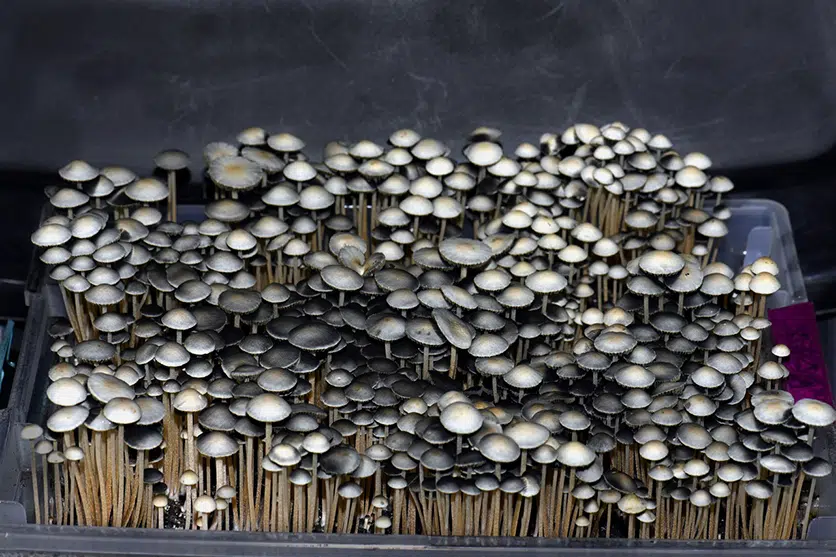
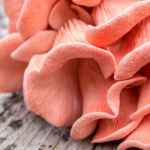
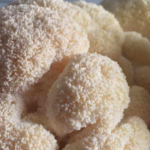
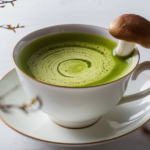
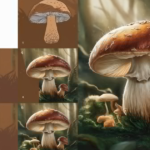

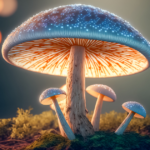
1 thought on “Blue Meanie Mushrooms”